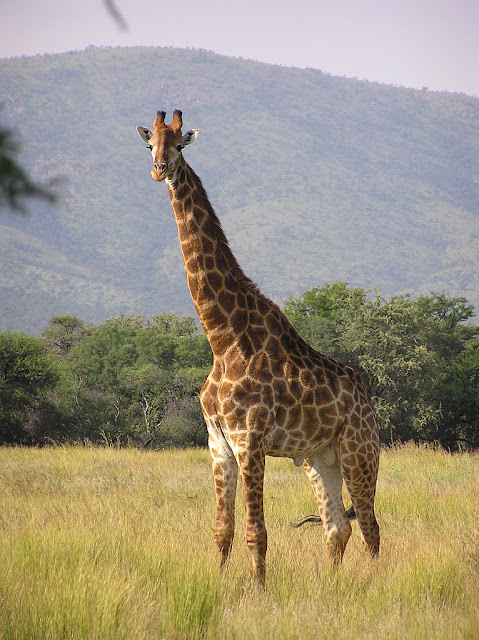First, I had to shower that morning and get into completely clean clothes. Then, once in the little ante-room next to the lab, I put on all of the protective equipment:
- Hairnet
- Gloves
- Plastic suit
- Crocs
- Plastic booties
- Facemask
- Hood
- More gloves
With me, the other new student, one second-year student and our mentor post-doc, there were four of us trying to cover ourselves with plastic in a space the size of a lift. Then we filed into the lab proper, which is more like living-room sized, and wiped everything with bleach followed by 70% ethanol, including the ceiling. The air smelled like a swimming pool, even through the mask. It is vitally important to clean with bleach and then ethanol, in that order, because if you mix alcohol with one of the nasty chemicals used for DNA extraction, it makes mustard gas. If anyone sees a yellow smear appear on something they've just cleaned, we have to evacuate the lab and possibly the building. So yeah.
The large amount of plastic, though, is less for our protection and more to protect samples. Ancient DNA comes in tiny amounts, so you have to be very careful to not let any contaminant DNA get into your work because it will completely swamp any ancient stuff. And, depending on the circumstances, it can be difficult to tell what's contamination and what's genuine. So we packaged ourselves to reduce the amount of us in the lab, and these deep-cleans are to regularly remove the small bits that do escape.
The plastic overalls are affectionately referred to as bunny suits:
 |
| Me, in the standard pose of 'I love science' |
It's a bit culty but I'm enjoying it so far.








